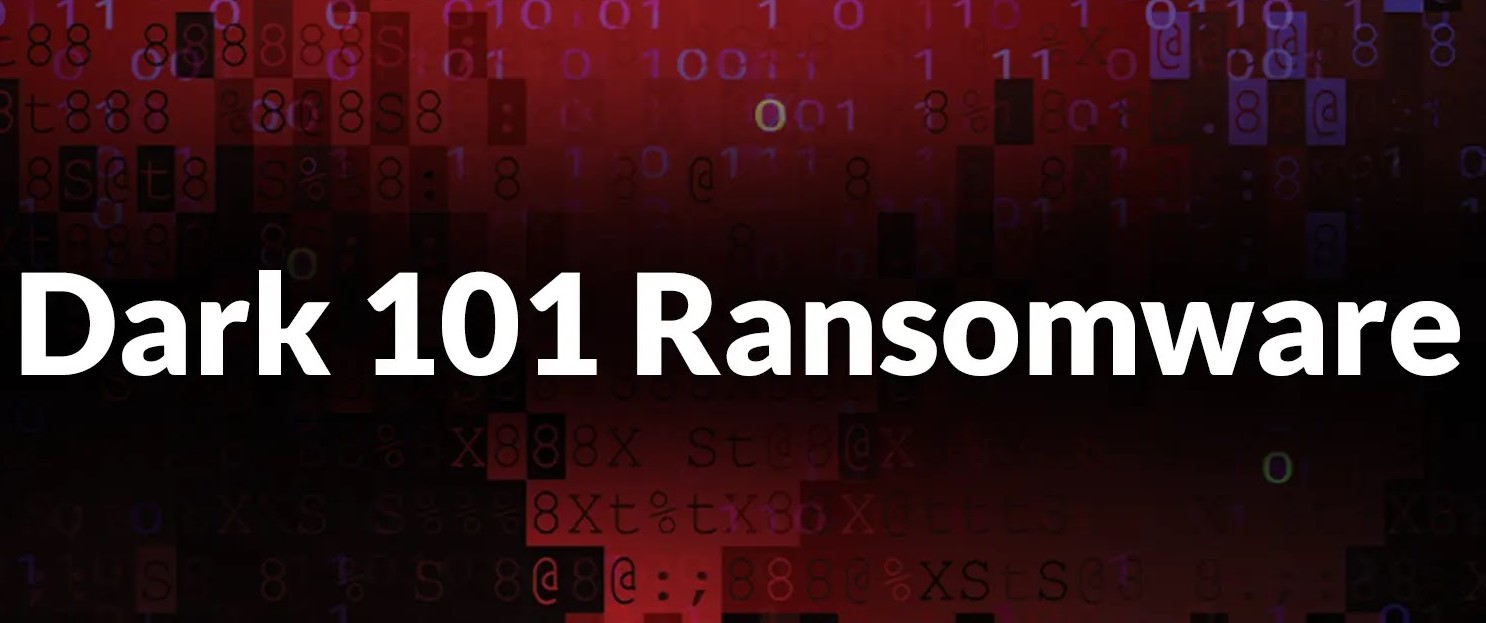
Dark 101 Ransomware With Weaponized .NET Binary Disables Recovery Mode and Task Manager
Unpacking Dark 101: A Deep Dive into a Novel .NET Ransomware Threat
The cybersecurity landscape faces a formidable new adversary: Dark 101 ransomware. This emergent strain represents a concerning evolution in malware design, demonstrating advanced evasion techniques and destructive capabilities that pose significant risks to organizations worldwide. Unlike many predecessors, Dark 101 leverages an obfuscated .NET binary to execute a multi-stage attack, systematically dismantling victim systems’ recovery mechanisms and critical management tools. Understanding its intricate modus operandi is paramount for robust defense strategies.
The Weaponized .NET Binary: A Core Component
At the heart of Dark 101’s sophistication lies its weaponized .NET binary. This choice of framework offers several advantages to attackers, including ease of development, cross-platform potential (though Dark 101 primarily targets Windows), and the inherent difficulty in static analysis due to obfuscation techniques. The ransomware employs this binary to initiate its destructive sequence, aiming to achieve maximum impact with minimal detection.
One of the most alarming features is its ability to disable critical system functionalities. This isn’t merely about encryption; Dark 101 is engineered to prevent recovery and hinder incident response efforts by:
- Disabling Recovery Mode: By targeting and corrupting boot configurations and recovery partitions, Dark 101 effectively eliminates the option for victims to restore their systems from backup points or safe modes. This significantly escalates the pressure on victims to pay the ransom.
- Disabling Task Manager: By interfering with the Task Manager, a crucial tool for system administrators to monitor processes, terminate malicious applications, and troubleshoot issues, Dark 101 further entrenches itself within the compromised system. This restricts immediate containment and analysis efforts.
Advanced Evasion and Persistence Techniques
Dark 101’s operators have clearly invested in developing robust evasion techniques. The obfuscation applied to the .NET binary makes it challenging for traditional antivirus and endpoint detection and response (EDR) solutions to identify and flag the malicious code. This allows the ransomware to often bypass initial security layers undetected, gaining a foothold within the network before initiating its destructive payload.
Furthermore, the ransomware likely employs persistence mechanisms to ensure it survives system reboots. This could include modifying registry keys, creating scheduled tasks, or dropping executable files in well-known startup locations. Such persistence guarantees the ransomware’s continued operation, even if the initial infection vector is mitigated.
Understanding the Impact
The combined effects of encryption, recovery mechanism disablement, and Task Manager interference create a highly damaging scenario for compromised organizations. Data loss, operational downtime, reputational damage, and significant financial costs associated with recovery and potential ransom payments are immediate consequences. The sophistication of Dark 101 highlights a continued trend in ransomware development towards higher levels of stealth and destructive capability.
Remediation Actions and Proactive Defense
Mitigating the threat posed by Dark 101 and similar sophisticated ransomware strains requires a multi-layered and proactive cybersecurity approach:
- Isolate and Contain: Immediately disconnect infected systems from the network to prevent lateral movement and further encryption.
- Incident Response Plan: Activate your organization’s detailed incident response plan. This includes communication protocols, forensic analysis, and recovery procedures.
- Offline Backups: Maintain regular, tested, and isolated offline backups of all critical data. This is the ultimate failsafe against ransomware attacks.
- Endpoint Detection and Response (EDR)/Extended Detection and Response (XDR): Deploy and continuously monitor advanced EDR/XDR solutions. These tools offer behavioral analysis capabilities that can detect suspicious activities even if the initial binary is obfuscated.
- Network Segmentation: Implement robust network segmentation to limit the lateral spread of ransomware within your environment.
- Privileged Access Management (PAM): Enforce strict PAM policies and principles of least privilege to minimize the attack surface.
- Regular Patching and Updates: Ensure all operating systems, applications, and security software are consistently patched and updated to address known vulnerabilities.
- Security Awareness Training: Conduct regular training for all employees on identifying and reporting phishing attempts, suspicious emails, and social engineering tactics, which are common initial vectors for ransomware.
- Threat Intelligence Integration: Subscribe to and integrate up-to-date threat intelligence feeds to stay informed about emerging threats and attack methodologies.
- Vulnerability Management: Regularly scan your network for vulnerabilities and prioritize remediation efforts.
Relevant Tools for Detection and Mitigation
| Tool Name | Purpose | Link |
|---|---|---|
| Sysinternals Process Explorer | Advanced task manager and system monitoring tool for identifying suspicious processes. | https://learn.microsoft.com/en-us/sysinternals/downloads/process-explorer |
| IDA Pro / Ghidra | Disassemblers and debuggers essential for reverse engineering obfuscated binaries. | https://hex-rays.com/ida-pro/ https://ghidra-sre.org/ |
| Cuckoo Sandbox | Automated malware analysis system for safe execution and behavioral analysis. | https://cuckoosandbox.org/ |
| Nmap | Network scanner for identifying open ports and potential lateral movement pathways. | https://nmap.org/ |
| Wireshark | Network protocol analyzer for deep inspection of network traffic for suspicious activity. | https://www.wireshark.org/ |
Looking Forward: The Evolving Threat Landscape
Dark 101 serves as a stark reminder that ransomware development continues to accelerate, with attackers constantly refining their techniques. The use of weaponized .NET binaries, coupled with system recovery attacks, highlights a sophisticated approach aimed at maximizing disruption and coercing victims. Organizations must remain vigilant, invest in advanced security solutions, and prioritize foundational cybersecurity hygiene to effectively counter these evolving threats.





